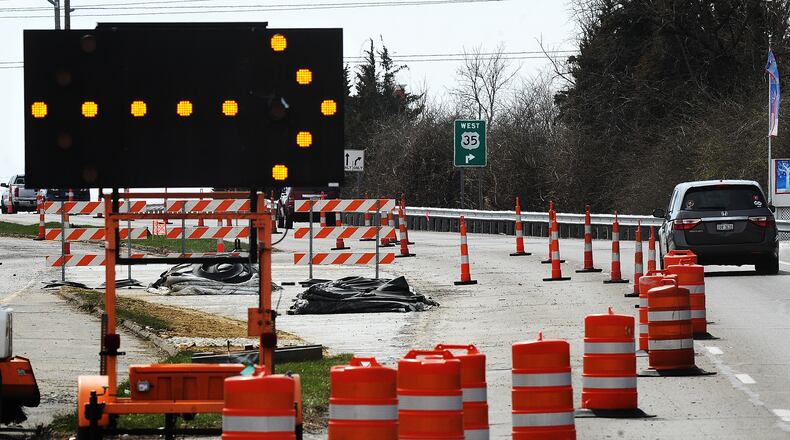However, the department says this year, they want to “keep the number at zero,” ODOT wrote on X, formerly known as Twitter.
“We are encouraged by the downward trend, but 56 crashes involving our crews is still 56 too many,” ODOT Press Secretary Matt Bruning said. “We cannot state it enough, drivers need to move over for all roadside workers. If they cannot safely do so, they need to slow down. Above all, they need to pay attention. You can’t move over and slow down for the crew you don’t see because you’re looking at your phone.”
The reason for the drop-off may be due to a few factors. Ohio’s distracted-driving laws took effect in April last year, and officers could begin issuing tickets to people using their phones while driving in October.
In March last year, Ohio drivers were distracted for an average of one minute, 39 seconds, according to Cambridge Mobile Telematics, which tracks distracted driving using GPS data. In the 30 days after the law, distraction fell by 8% to one minute, 31 seconds, and has remained in that range up through last September, when data was last collected.
In that time period, the firm estimates the law prevented 2,200 crashes, saved six lives, and prevented over $54 million in damage.
Another potential reason is Ohio’s “move over, slow down” laws — laws which are now enacted in all 50 states — and require motorists to cautiously move over for stopped vehicles and road crews. The Ohio Department of Transportation has continuously advocated for motorists to move over when they can, and slow down when they can’t, which saves lives of workers and motorists alike.
“I hope drivers remember that each and every one of the men and women working on the road are simply trying to make travel easier and safer for you. All they ask in return is that you pay attention to them, give them room to work, and allow them to make it home to their friends and family at the end of the day,” Bruning said.
About the Author


